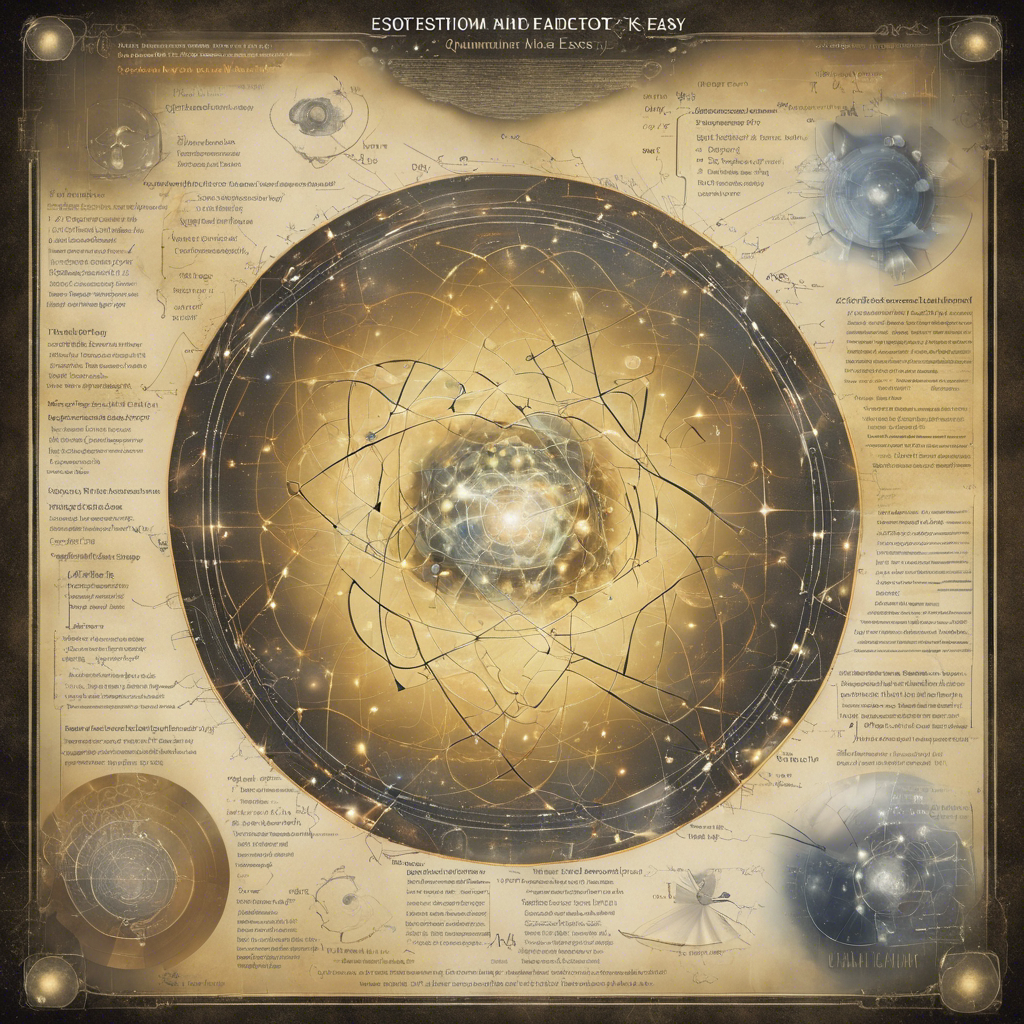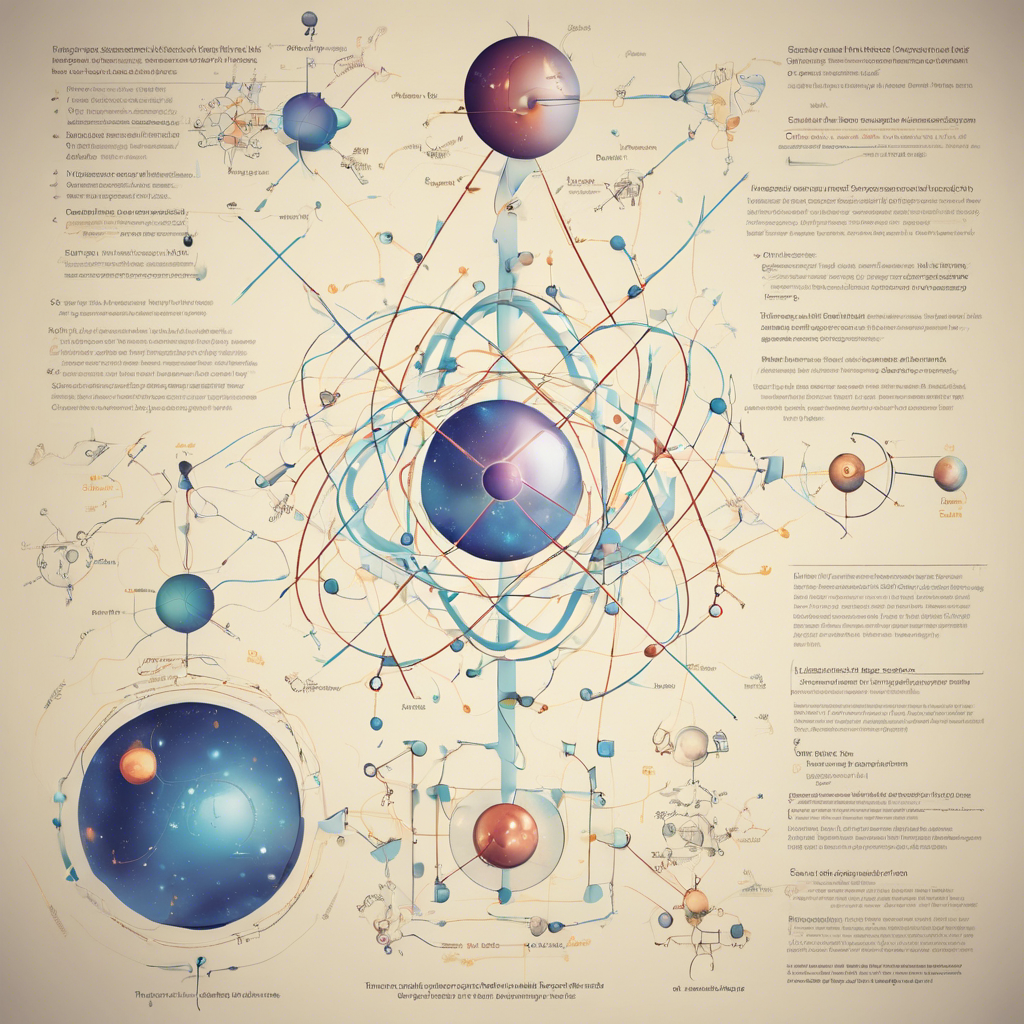Prof Bob Coecke’s innovative method brings quantum physics to the masses
Quantum physics, the paradox-filled theory that describes the microscopic realm, has long been considered esoteric and reserved for those with a deep understanding of complex mathematics. However, Belgian physicist and musician Prof Bob Coecke is on a mission to change that. Coecke has developed a groundbreaking, maths-free framework using diagrams to teach quantum physics to beginners. In his book, Quantum in Pictures, co-authored with Dr Stefano Gogioso, Coecke outlines this innovative approach. To put his method to the test, Coecke and Gogioso conducted an education experiment with UK schoolchildren, and the results were astonishing. The students not only grasped the concepts but also outperformed Oxford University’s postgraduate physics students in exams. This article delves into Coecke’s educational experiment, explores the potential of his pictorial approach, and discusses the implications for the future of quantum physics education.
Breaking Barriers and Fostering Inclusivity in STEM Education
Coecke’s motivation for developing a pictorial approach to quantum physics stems from a desire to make STEM education more inclusive. He believes that understanding quantum physics is crucial in an age where artificial intelligence and technological advancements are rapidly transforming the world. Coecke emphasizes the importance of demystifying quantum physics before it becomes a dominant force in technology. By removing the complex mathematics traditionally associated with the subject, Coecke’s method opens the door for individuals from diverse backgrounds to engage with quantum physics.
The Surprising Success of the Educational Experiment
The educational experiment conducted by Coecke and Gogioso involved 54 schoolchildren, aged 15-17, from various UK schools, mostly state schools. These students received two hours of online classes per week for eight weeks, using Coecke’s pictorial method. At the end of the program, the students were tested using questions from an Oxford postgraduate quantum physics exam. The results were remarkable, with over 80% of the students passing the exam, and nearly half earning a distinction. This success was unexpected, given the challenges of online teaching and the students’ initial lack of confidence. The experiment demonstrated that Coecke’s method not only makes quantum physics accessible but also facilitates deep understanding and high achievement.
From Visual Thinking to Quantum Picturalism
Coecke’s background as an artist and musician played a significant role in the development of his pictorial approach to quantum physics. He recognized the power of visual thinking and sought to apply it to the complex world of quantum mechanics. Working with his colleague Samson Abramsky, Coecke introduced a new formalism of quantum mechanics in 2004, based on category theory, a branch of mathematics that employs diagrams to describe collections of objects. Over the years, Coecke refined this approach and published a book in 2017. However, the method faced skepticism from both mainstream quantum computing experts and theoretical physicists. Coecke’s recent collaboration with Gogioso and the success of the educational experiment have finally begun to dispel doubts about the effectiveness and simplicity of his approach.
Conveying Quantum Phenomena Through Pictures
The heart of Coecke’s method lies in the use of diagrams to represent quantum circuits. These diagrams consist of boxes connected by wires, illustrating various quantum phenomena. For example, teleportation is depicted as sliding boxes along a wire, while measurements are represented by boxes called “spiders” with multiple legs or wires sticking out. The concept of a quantum particle being in two places at once before measurement is represented by two legs going into a spider, with one leg emerging on the other side as the outcome. Coecke’s method simplifies complex concepts, making them accessible to beginners.
The Future of Quantum Picturalism
The success of Coecke’s educational experiment has attracted interest from governments and educational departments worldwide. Coecke has been approached by officials from Australia and Greece, who are keen to implement his pictorial approach in their education systems. Additionally, Coecke is passionate about bringing quantum picturalism to Africa, aiming to provide accessible STEM education to underserved communities. While it is still early days, Coecke’s method has the potential to revolutionize the way quantum mechanics is understood and taught, paving the way for a new generation of quantum physicists.
Conclusion:
Prof Bob Coecke’s groundbreaking pictorial approach to teaching quantum physics has demonstrated that complex scientific concepts can be made accessible to a mass audience. Through his educational experiment with UK schoolchildren, Coecke has proven that his method not only facilitates understanding but also leads to exceptional exam performance. By removing the barrier of complex mathematics, Coecke’s approach fosters inclusivity in STEM education and empowers individuals from diverse backgrounds to engage with quantum physics. The success of this experiment has sparked interest globally, with potential applications in education systems worldwide. Coecke’s vision of a future where quantum physics is widely understood and embraced is becoming increasingly attainable through his innovative pictorial approach.











